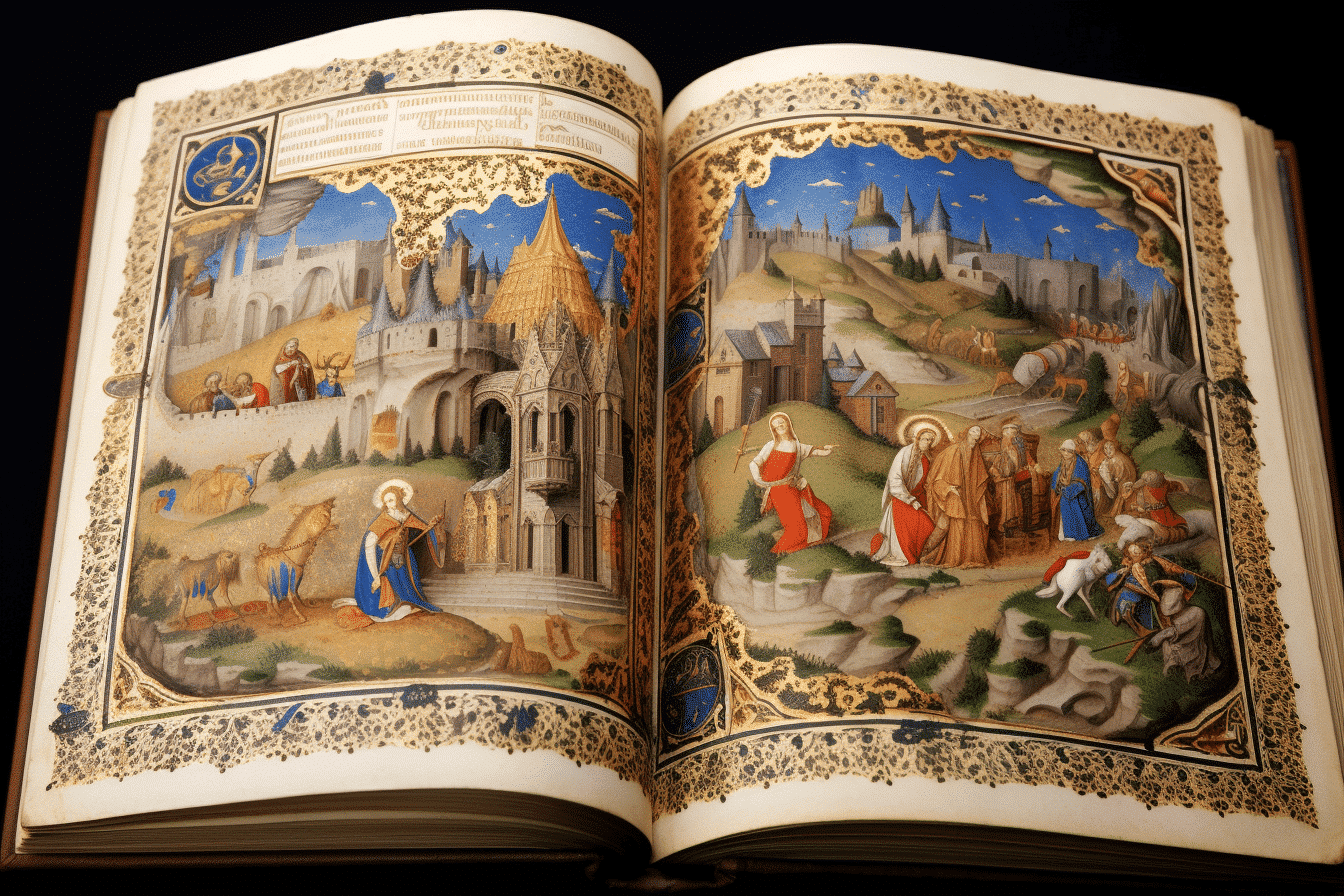New research reveals that King Henry VIII of England, later in his life, filled a prayer book with a series of sketches, expressing his distress over his declining health and his past deeds.
King Henry VIII, who reigned from 1509 until he died in 1547, had annotated a version of “Psalms or Prayers,” translated by his sixth and last spouse, Katherine Parr, in 1544. Micheline White, an Associate Professor at Carleton University’s College of the Humanities and Department of English in Canada, accidentally found these markings.
While examining the book, White stumbled upon the marginalia, which she recognized from her previous studies on Henry VIII. She shared, “I was utterly amazed. I wasn’t aware there were marginalia in the book.”
Henry’s annotations can be categorized into two distinctive types: “manicules,” hand illustrations with an extended index finger, and “trefoils,” consisting of three dots accompanied by a squiggle.
Comparing these scribbles with known marginalia left by Henry in other books, White concluded that the prayer book’s doodles were also Henry’s handiwork. The distinctive cuff feature in the manicules and the specific size, shape, and design of the doodles were the basis for this conclusion.
This prayer book, currently residing in the Wormsley Library in Stokenchurch, England, was a gift from Parr to Henry. According to White, the reader, printed in 1544, “offers prayers for repentance, wisdom, the vanquishing of adversaries, and for the King and his forces.”
Reflecting on the 14 sketches found on four psalms, White noted, “It’s apparent that he had certain concerns in his mind while reading them.”
Henry VIII, infamous for creating a church schism to wed his second wife, Anne Boleyn, was also unwell. A passage in the prayer book, where the speaker acknowledges God’s punishment rendering him “frail,” seems to reflect Henry’s health concerns.
“He’s anxious that God is inflicting physical ailments as a form of punishment,” White interpreted.
During his ongoing war with France, the book, with copies distributed to select courtiers, likely served to drum up support for the conflict. White suggests that Henry’s document, with its marginalia, might have been read by specific courtiers, serving political and personal purposes.
Referring to marginalia alongside passages where the speaker seeks divine guidance to return to righteousness, she said, “I think he’s attempting to present himself as a model figure.”
“His worry is palpable,” White observed. “He certainly had much to be concerned about towards the end of his reign.”
The findings of this study have been published in the Renaissance Quarterly journal.
This significant find reveals a unique aspect of Henry VIII’s life and contributes to a broader understanding of his psychological state during his latter reign. The prayer book’s marginalia offer insights into a troubled king dealing with personal health issues, political warfare, and perhaps even spiritual regret. As researchers continue to delve into this realm of history, artifacts like these sketches shed new light on the complexity and humanity of such historical figures.




